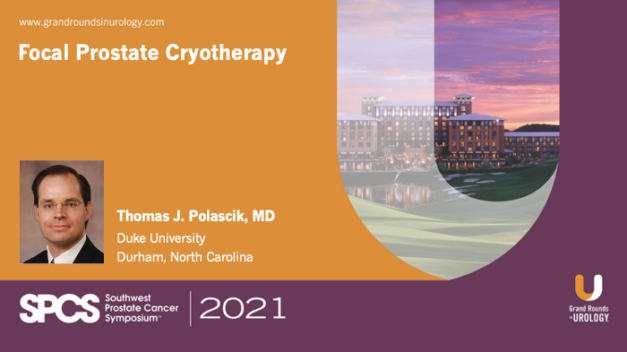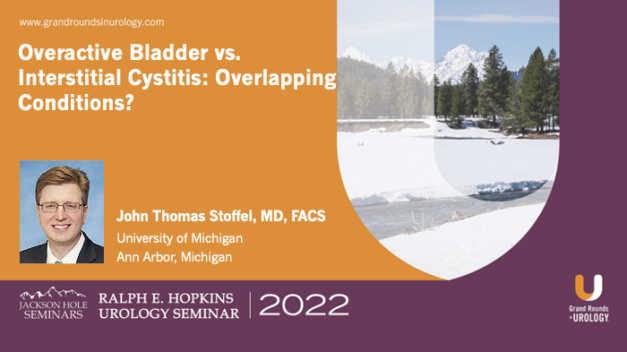Lessons from LEGO Blocks
Grand Rounds in Urology Contributing Editor Neil H. Baum, MD, Professor of Urology at Tulane Medical School, considers five lessons medical practices can learn from the successes of the LEGO toy company. He begins with a brief history of the LEGO company, explaining that it started declining in 1992, but was able to reverse this decline in 2014 and is now the largest toy company in the world. Dr. Baum then goes through lessons for medical practices modeled on the success of LEGO, beginning with the idea of connectivity. He observes that each LEGO piece connects to every other piece, with no piece dominating, and he argues that practices must similarly connect with patients, hospitals, other providers, insurance companies, and the community. Dr. Baum’s second lesson is to build the right team, just as LEGO did a decade ago when it looked like the company was on its way to bankruptcy. He suggests that those running a medical practice ask themselves whether they would rehire each employee in their practice, and whether their doctors and staff are practicing at the top of their licenses. Dr. Baum’s third lesson is to create a clear path, much as LEGO did when they reconnected with their signature block and pivoted away from other products like video games. Medical practices, Dr. Baum argues, should be similarly focused on ensuring every patient has a positive experience. The fourth lesson is to create value based on the customer. Just as LEGO works to maintain customer satisfaction by replacing missing pieces from kits for free and using focus groups to develop new products, Dr. Baum suggests medical practitioners should observe how their patients interact with their practice and ensure they are not making assumptions based on outdated or inaccurate information by conducting regular patient surveys. Finally, Dr. Baum recommends that medical practices follow LEGO’s lead in developing strategic partnerships. He explains that LEGO’s partnerships with Star Wars, Harry Potter, and Disney lead to increased visibility, sales, and profits, and argues that medical practices can do much the same by nurturing partnerships with hospitals, payers, and the community.
Read More

